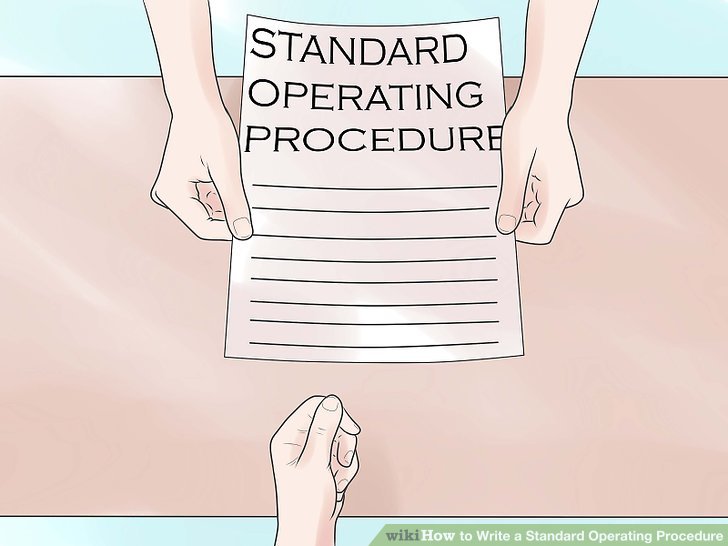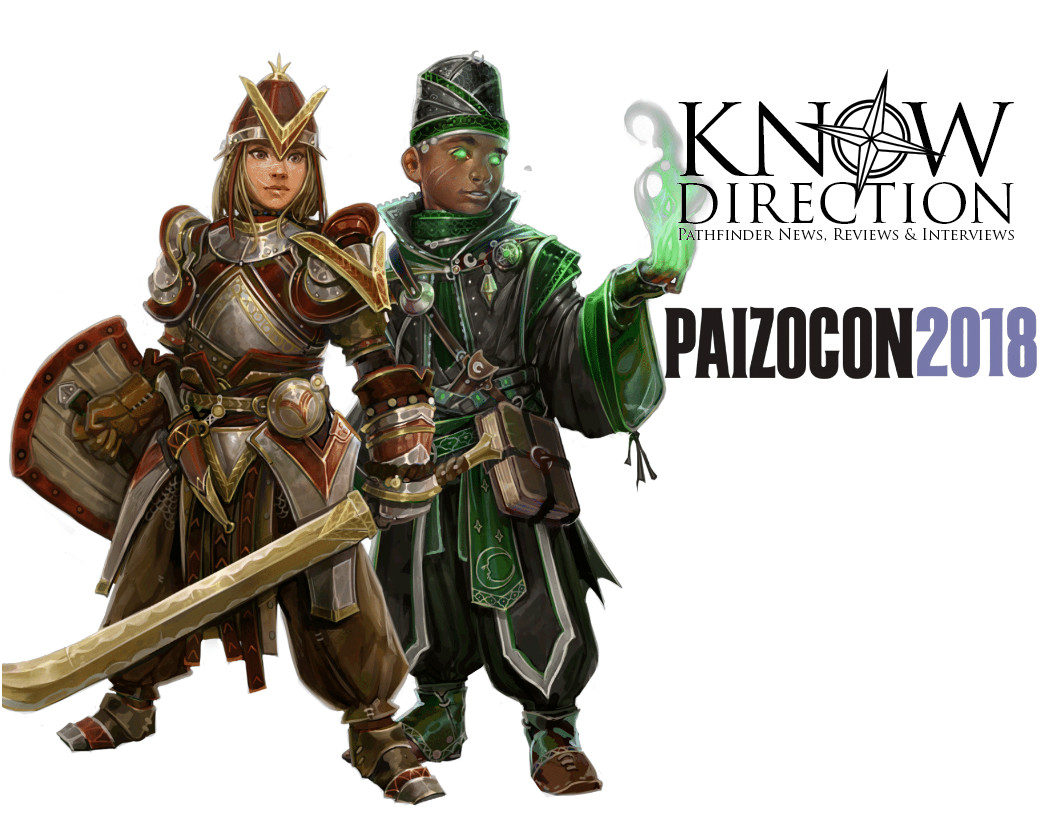GM like a PM is a new, three-part series that introduces Project Management concepts to RPGs to facilitate our job as Game Masters. The first installment is about using Standard Operating Procedures to speed up play and avoid the need to ask questions that give away adventure secrets.
What takes longer: getting dressed for a special event or getting dressed for work? Obviously the special event, and not because of the greater volume of clothes worn. It’s the extra decisions that need to be made and the break from routine that take the extra time. This time can be reduced with an SOP.
What is an SOP?
Businesses use documents called SOPs (Standard Operating Procedures) to save time by cutting down on decision making, and to avoid confusion by outlining the steps everyone performing a certain task must follow to ensure consistency. From making sure every McDonald’s hamburger has the same ingredients in the same order to making sure every sample of a new vaccine is identical to minimize variables in testing.*
I don’t know any Game Master who would turn their away a tool that saves time and avoids confusion.
Saving Time
To be clear, an SOP does not take agency away from players. It standardises common decisions that the players make in situations that they have total control. It’s like they’re programing macros in Roll20; they’re codifying common behaviour.
Take marching order. Odds are as long as a party is made up of the same characters, they’ll have the same marching order. Character who can take a hit and has good Perception in the front, another character who can take a hit and is either fast or fights at range in the back, squishy in the middle. Despite your group probably coming to the same conclusion every time you ask for marching order, the decision making and verification process can still eat up valuable minutes at the table (equating to even more lost time when you factor in lost momentum). If the marching order commonly changes depending on the width of the corridor -say they form a staggered line to minimize vulnerability to area of effects- this becomes another Marching Order SOP (say the Wide March SOP).
Avoid Confusion
The following is an abridged exert of the famous Dungeons And Dragons sketch by improvisational comedy troupe The Dead Alewives off their comedy CD Take Down the Grand Master:
DM: There are seven ogres surrounding you.
Elf: How could they surround us? I had Mordenkainen’s Magical Watchdog cast.
DM: No, you didn’t.
Elf: I totally did! You asked me if I wanted any equipment before this adventure and I said No. But I need material components for all my spells. So I cast Mordenkainen’s Faithful Watchdog.
DM: But you never actually cast it.
Elf: I did though! I completely said when you asked me!
DM: No you didn’t! You didn’t actually SAY that you were casting the spell. So now there’s ogres. OK?!
The issue between the player and the GM in the sketch (and in the common real life situation this exchange is based on) is of conflicting assumptions. Maybe the elf player should have declared they were casting the spell, but if the character assumes it’s cast they’re not going to declare they do something they think is already done.
Continuing the marching order example, if the party gets ambushed in a 10 foot wide hallway by an invisible wizard casting lightning bolt, they don’t just have to insist that obviously they would be staggered, or argue that they’re always staggered. They have the paperwork to back them up. The GM doesn’t need to feel robbed of an optimal AoE or badgered by players arguing what they obviously would have done. The marching order SOP declares what they would have done. If the players ever don’t have an SOP for something they believe they would have done, it’s an indicator for what they will do next time. Time to write a new SOP!
Bot Me
Companies and industries have SOP standards (see the footnote for an anecdote on standardizing your SOPs), but there is no one way to write one.
Campaign SOPs are similar to the Bot Me concept that Hilary Moon Murphy mentions in the Getting Into the World of Play-By-Post at PaizoCon. In Play-By-Post, every action is met with downtime while the GM responds and then the player reacts to that response. So a situation where a player’s action moves the action forward very little -like the rogue opening a door that leads to a bare hallway with another door- can take days. A character’s BotMe page outlines what they do in recurring situations with minimal decision making for the sake of moving the game forward. HMM put together an excellent document explaining what a Bot Me is, why you would write one, and how it’s done.
For example, if every time the party needs a door opened they want the party rogue to search it for traps, disarm any traps they find, and unlock the door if it’s locked, the rogue player isn’t making any decisions and the rest of the party can’t do anything until the rogue acts, so the rogue might add the following to their BotMe page:
Doors
If we are ready to open a door, I search the for traps (Perception +10), disarm any traps I find (Disable Device +10), and unlock the door if it’s locked (Disable Device +10).
Bot Mes and SOPs are not mutually exclusive ideas. A BotMe is good for a character (and as HMM mentions in the seminar, they’re handy reference sheets for the player as well as other players). An SOPs is good for the whole party.
Here are some starting SOPs for any party:
- Marching Order: See example above.
- Opening Doors: Doors slow down play for multiple reasons. Each door requires three skill checks, two of which are Disable Device, so while it makes sense for the characters to want to check each door, it’s tedious for the players (especially since there is one player making all those checks. An opening doors SOP where the rogue player pre-designates three different d20s as the three skills that make up the one task, as well as the relative location of the other players in the party in case of traps and ambushes, speeds up a tedious task.
- Adventuring Gear: What are the players wearing and wielding when they aren’t preparing for something specific? Is the wizard’s crossbow always loaded and ready to shoot? Does the alchemist always have a bomb out? Does the encumbered bard drop his backpack every time Initiative is rolled?
- Non-Adventuring Gear: Are the characters always walking around in their armour and carrying their weapons?
- Loot: How is the identifying of magic items handled? Does everyone always pile everything they find together during quiet moments? Is it just assumed that anyone who can cast detect magic does so after encounters, that everyone else rolls for perception? Who holds onto the the gear no character plans on keeping in the meantime?
Answering these questions doesn’t just save time at the table and avoid confusion , it helps players remember and understand what their characters and the other members of the party can do. As HMM says in the Getting Into the World of Play-By-Post seminar, the person who references a character’s Bot Me page the most is that character’s player.
*Quick story: Many podcast listeners probably already know that my wife, Tina, is a scientist, a chemist specifically. When she was pregnant but before she was on maternity leave, she couldn’t work in the lab so her company had her edit the SOPs, including the SOP on writing SOPs. I defined what an SOP in the opening paragraph because I couldn’t say if the term is used as regularly as it is around my house.







